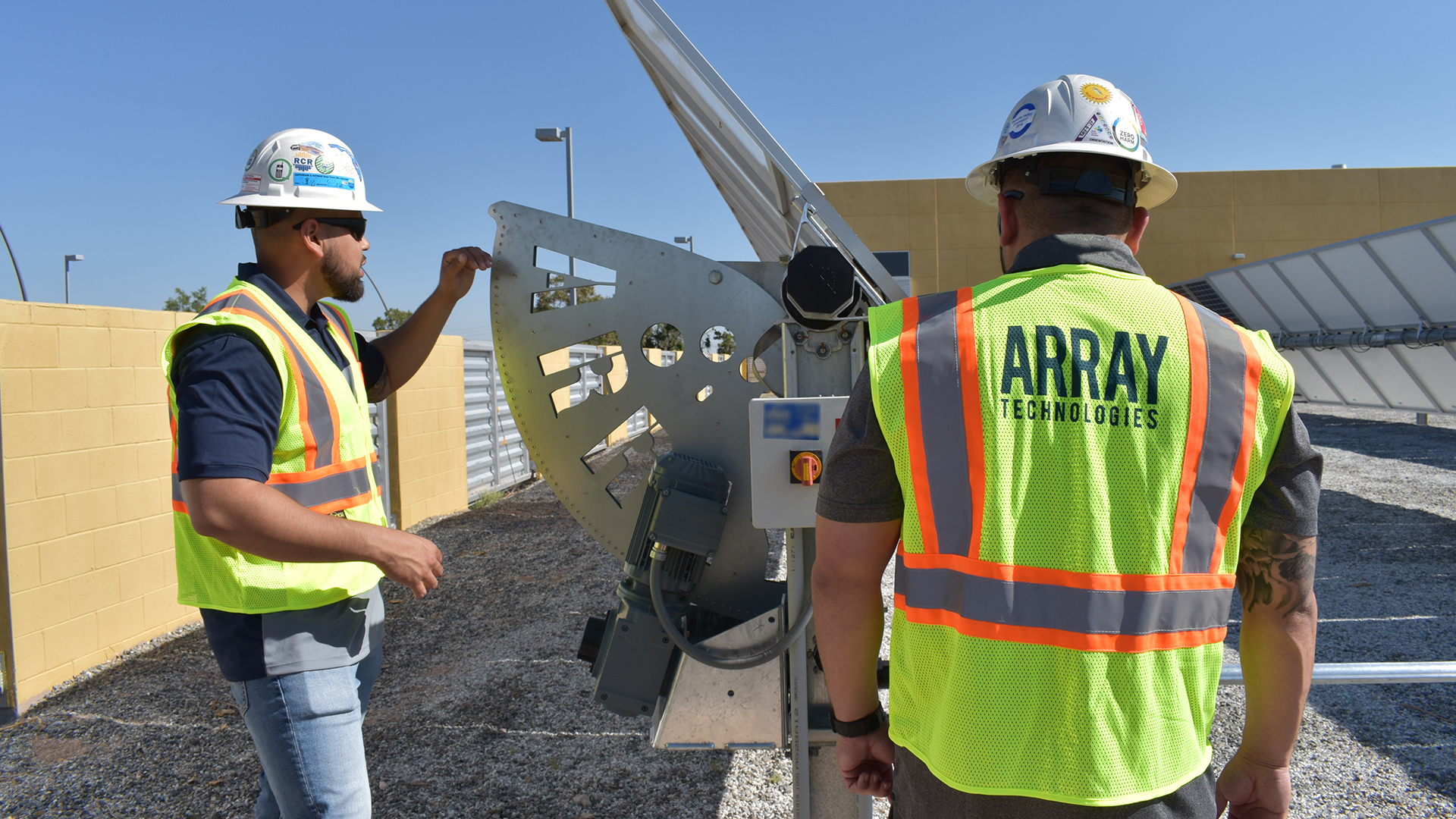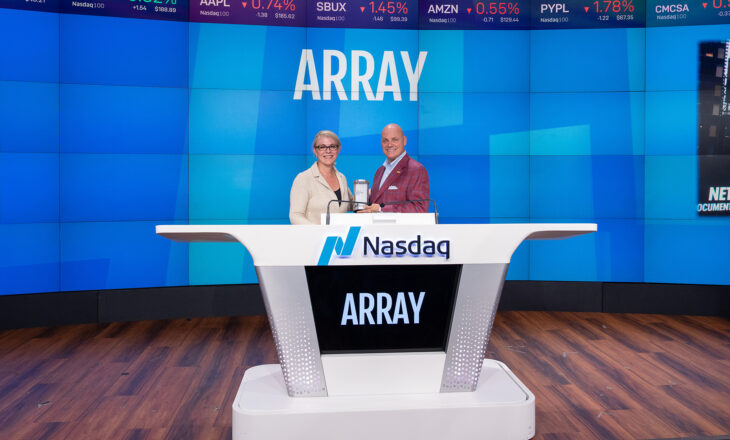
Traditionally, utility-scale PV power plant projects and other solar installations haven’t leveraged a dedicated Chief Risk Officer role to the extent legacy energy projects typically do. With so much invested in each solar project, it’s hard to believe that a deeper look hasn’t been given to differentiating site performance.
That is about to change.
Insurers are now demanding deeper, more insightful data regarding potential PV plant downtime, business interruption, warranty replacement timeframes, component robustness, extreme weather risk and climate change effects, long-term operating expenses, and more.
This means that the parties traditionally counted on to deliver insights regarding the appropriate insurance budget, namely the CFO, legal counsel, asset manager, or project management team from a developer or EPC, are no longer best suited for the job. There’s a need for a neutral third party to determine the risk implications.
Introducing the dedicated CRO into the solar equation is the key to solving current challenges related to skyrocketing insurance rates and declining coverage.
Background: Insurance Costs Are Ballooning in the Solar Industry
That premium increase can be traced to a general lack of insight into long-term operating expenses, particularly related to extreme weather damage from wind and hail. That lack of knowledge has seen costs rise, deductibles increase, and coverage decline. In fossil fuel energy, models and historical data are predictable and proven, making insurers more willing to play ball.
However, there is hope. Project Finance News also found that, in general, “larger developers with more sophisticated risk-management programs are more easily able to secure insurance coverage.” The end goal then is to work to that great level of granularity and sophistication.
Electing and Empowering a Solar Risk Officer
Questions and uncertainty surrounding projects make insurance firms more likely to shift financial risk away from themselves and onto financiers and developers. For example, global renewables insurer GCube requires wind assets achieve a certain number of operating hours before coverage can even be granted.
Insurers may follow suit in the solar industry, waiting for more certainty before being willing to offer elevated coverage – or even any coverage at all.
For developers considering a utility-scale solar project, better information upfront will help them build better models for their investment.
PV plant projects need to carefully select the right equipment, thoroughly understand its capabilities, particularly as they relate to withstanding extreme weather events, and simultaneously offer clear evidence and models demonstrating uptime and maximized production over the proposed lifetime of a plant.
That means that electing a formalized Chief Risk Officer is no longer a luxury. It’s a necessity for PV solar renewables manufacturers and service providers, just as it has been in other similar finance- and capital-intensive industries.
Insurance rates and coverage will continue current negative trends until a dedicated negotiator – the CRO – can deliver more credible and proven information.
Alongside module, balance of system (BOS) and EPC experts, the Chief Risk Officer can certify, document and prove the robustness and testing background of all PV solar plant components and related shipping, construction and installation, weather resiliency, and ongoing operating and maintenance costs.
Array’s Role in Assisting these New Solar Risk Officers
Array’s experts are ready to provide end-to-end project support, including assistance in designing and implementing the right plan for each site that offers powerful production capabilities, robust components, and lower total cost of ownership.
Certainty and evidence will be the driving forces behind improvements in insurance rates and coverage. Array’s DuraTrack® HZ v3 single-axis solar tracker provides clear evidence of flexibility and performance and robustness in the face of extreme weather events that have typically proven catastrophic for PV plant projects.
Because trackers represent, according to BloombergNEF, an average of 10-15% of a solar energy project’s costs, they can also be a central factor in the insuring of the plant. While a trackers present a small percentage of the total costs, they have the ability to substantially impact the performance and durability of a project. A track record of more than three decades, combined with independent research, show that Array’s DuraTrack® offering is the optimal choice when searching for a combination of components, technology and service to lower long-term costs.
By choosing a tracker proven to perform, that directly contributes to lower overall risk, PV plant projects can enter negotiations with insurers on a stronger foot by choosing a tracker that is proven to perform. As a result, this will mitigate and lower their overall risk.
Contact Array Technologies Today
To learn more, contact us today.
Click here for other articles by this author



